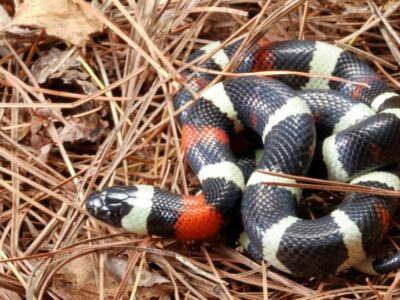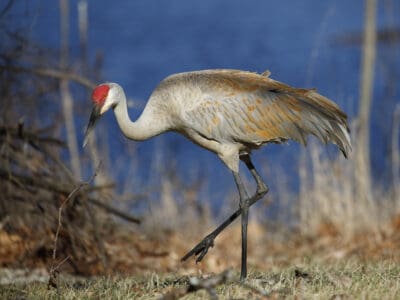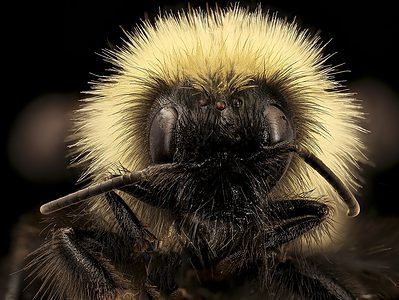Located in the Great Lakes region of the upper Midwest, Michigan is a temperate state containing numerous lakes, expansive grasslands, waterfalls, and immense forests. The state’s unique geographical arrangement is shared by no other state or political subdivision anywhere in the world. It is composed of two discontinuous peninsulas, connected artificially at the closest point by the Mackinac Bridge.
The Lower Peninsula, which forms the shape of a mitten, borders the states of Indiana and Ohio to the south, while the Upper Peninsula borders Wisconsin to the west. The rest of the state is surrounded by four out of the five Great Lakes: Superior, Michigan, Huron, and Erie. As a result, Michigan has more freshwater coastal dunes than any state in the entire country. The name itself is a French translation of the original Ojibwe word mishigami, which means larger water or large lake.
The lower half of the state contains most of the major cities, including Detroit, Lansing, Ann Arbor, and Grand Rapids. The sparsely populated northern half of the state is rich in all kinds of forest-dwelling wildlife and shorebirds. It also contains most of the state-run parks and wildlife reserves.
The Official Animal of Michigan
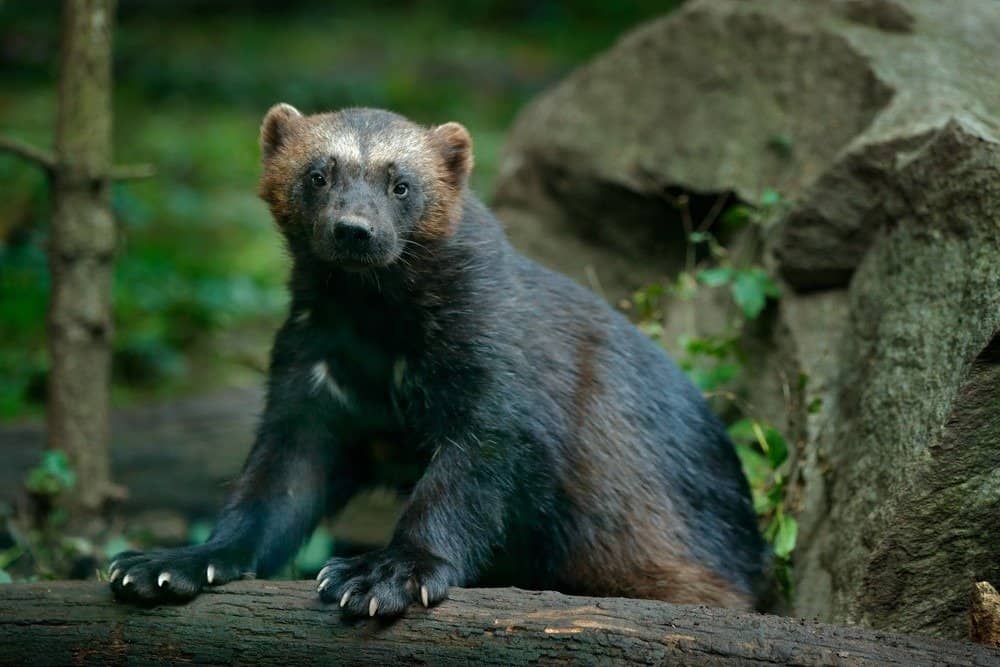
The
wolverine
is the Michigan state animal.
©Ondrej Prosicky/Shutterstock.com
Michigan is represented by several different state animals. The American robin is the official state bird, the brook trout is the state fish, the painted turtle is the state reptile, and the official state game animal is the white-tailed deer. It’s estimated that 1.5 to 2 million deer live in the state, making it one of the most popular animals to hunt.
The official flag features three iconic animals; a bald eagle at its center, representing freedom and strength, flanked by an elk on one side, signifying courage and speed, while on the other side, there is a moose representing agility with dignity.
The wolverine is a powerful and fierce predator native to Michigan, making it an ideal choice for the state’s nickname. Wolverines were once commonly seen across Michigan, but by the early 1800s, their numbers had decreased significantly due to hunting and habitat loss. Despite this, they have remained an important part of Michigan’s history and continue to be celebrated as its official state animal. The Wolverine has become entrenched in the state’s culture and pride, with many schools, sports teams, and businesses using it as their mascot or logo. It serves as a reminder of the importance of protecting wild animals so that future generations can enjoy them too.
Where to Find the Top Wild Animals in Michigan
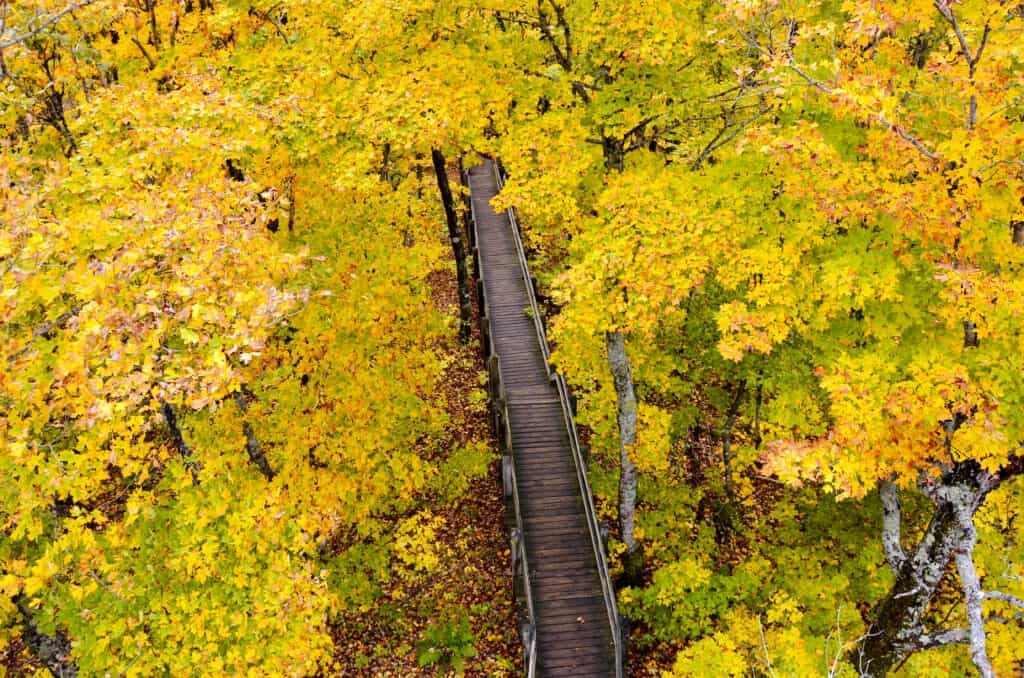
Michigan is home to 74 state parks teaming with wildlife.
©PQK/Shutterstock.com
There are many places in Michigan where you can see wildlife. In the Upper Peninsula, visitors can view moose and deer in the Ottawa National Forest or try to spot a glimpse of a timber wolf while exploring Tahquamenon Falls State Park. The Keweenaw Peninsula is home to bald eagles, ospreys, and other raptors that soar over forested areas such as Porcupine Mountains Wilderness State Park.
Moving southward on the Lower Peninsula, people visit Saugatuck Dunes Natural Area for sightings of black bears, river otters, and sandhill cranes. Grand Rapids hosts one of North America’s largest concentrations of breeding mute swans at Millennium Park near Reeds Lake. Michigan is also well-known for its waterfowl populations. Pointe Mouillee State Game Area attracts thousands of ducks each year from October through April.
If you’re interested in seeing some of Michigan’s top wildlife, then you should visit one of the 74 state parks, two national parks, and numerous other forests, refuges, and important sites.
- The Porcupine Mountains Wilderness State Park, situated against Lake Superior in Ontonagon County of the Upper Peninsula, is the largest state park in Michigan. Covering almost 60,000 acres, it is home to one of the largest stretches of old-growth northern hardwood forests in North America. Some of the most interesting animals found here are coyotes, foxes, cougars, river otters, beavers, bears, porcupines, moose, and even the elusive gray wolf.
- Tahquamenon Falls State Park, located near the town of Paradise in the Upper Peninsula, is the second largest park in the state. Amid the 40,000 acres of winding hiking trails and scenic falls, visitors can find moose, bears, rodents, and deer here as well.
- The Sleeping Bear Dunes National Lakeshore, located close to Traverse City on the shores of Lake Michigan, is a federally protected area composed of forests, beaches, dunes, and ancient glacial features. It is home to beavers, otters, muskrats, bears, bobcats, coyotes, hares, plovers, hawks, owls, and all kinds of freshwater fish.
- Wilderness State Park is located immediately to the west of Mackinaw City near the upper tip of the Lower Peninsula. Covering some 10,000 acres of hardwood forests and shorelines, it is home to one of Michigan’s largest remaining populations of piping plovers, plus many of the aforementioned wild animals.
- Hartwig Pines State Park, located along the east branch of the Au Sable River in Crawford County of the northeastern Lower Peninsula, covers nearly 10,000 acres of forests, including a remnant of old-growth white pine and red pine forest dating back centuries. It has many of the same animals as the other state parks.
The Most Dangerous Animals in Michigan Today
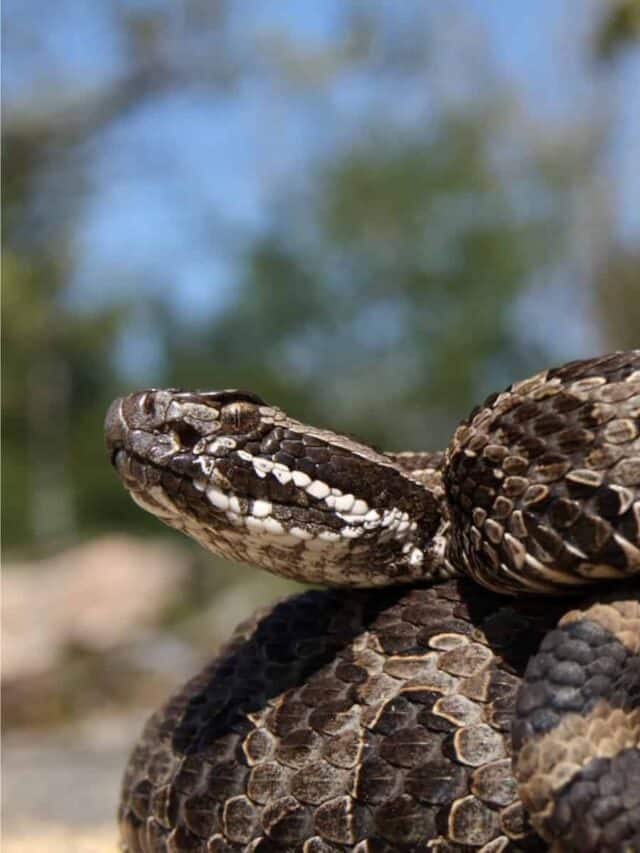
Eastern Massasauga Rattlesnakes are the only venomous snakes in Michigan state.
©Ryan M. Bolton/Shutterstock.com
Michigan is home to a variety of animals, and some can pose a threat to humans. This section will discuss the most dangerous wild animals in Michigan that have direct contact with people. Animals like bears or large cats have been known to attack humans if provoked, so these are certainly included on this list.
Rattlesnakes are the most dangerous type of venomous snake in Michigan. They have a distinctive rattle at the end of their tail which serves as an audible warning sign to alert potential predators and humans alike that they should be avoided. Their bite is highly poisonous and can cause serious injury or even death if not treated immediately with antivenom. Therefore, it is important to be aware of your surroundings when hiking or camping in areas known to contain rattlesnakes and take extra precautions so as not to startle them. If you do come across one, back away slowly without making any sudden movements – this will give both parties time to get out safely!
Even though ticks and mosquitoes may spread diseases like Lyme Disease or West Nile Virus, they do not present an immediate physical danger, so they will not be discussed here.
- Eastern Massasauga Rattlesnake – This is the only venomous snake in the entire state of Michigan. While not quite as dangerous as other rattlesnakes, the venom can nevertheless disrupt blood flow, prevent clotting, and cause serious pain. Fortunately, these snakes are quite shy around people and usually give a warning before biting. Many incidences arise from hikers accidentally stepping on this venomous snake in Michigan.
- Black Bear – The black bear is a strong, muscular, fearsome animal with sharp claws and teeth and a powerful bite force. While unprovoked bear attacks on humans are exceptionally rare, they do have the power to kill a person. Most attacks are not predatory in nature. Instead, they often involve a mother protecting her cubs. Some attacks begin with a scuffle between a bear and someone’s dog. Others are due to the bear being startled by an unexpected encounter with a person, usually out in the wilderness.
- Wolves – The gray wolf is probably even less likely to attack a person than a black bear. These fearsome predators are wary of people and generally keep to themselves. But they do nevertheless have the ability to kill a person if they feel threatened or provoked in some manner. Along with the black bear, they’re one of the largest animals in Michigan.
- Black Widow Spider – Easily identified by the large body size and the black and red color scheme, the black widow can deliver powerful venom with dangerous neurotoxins. While death is exceptionally rare, bite victims of this spider might nevertheless want to seek out medical attention. Read about other spiders in Michigan, including wolf spiders, brown recluses, black spiders, and poisonous spiders.
3 Rarest Animals in Michigan
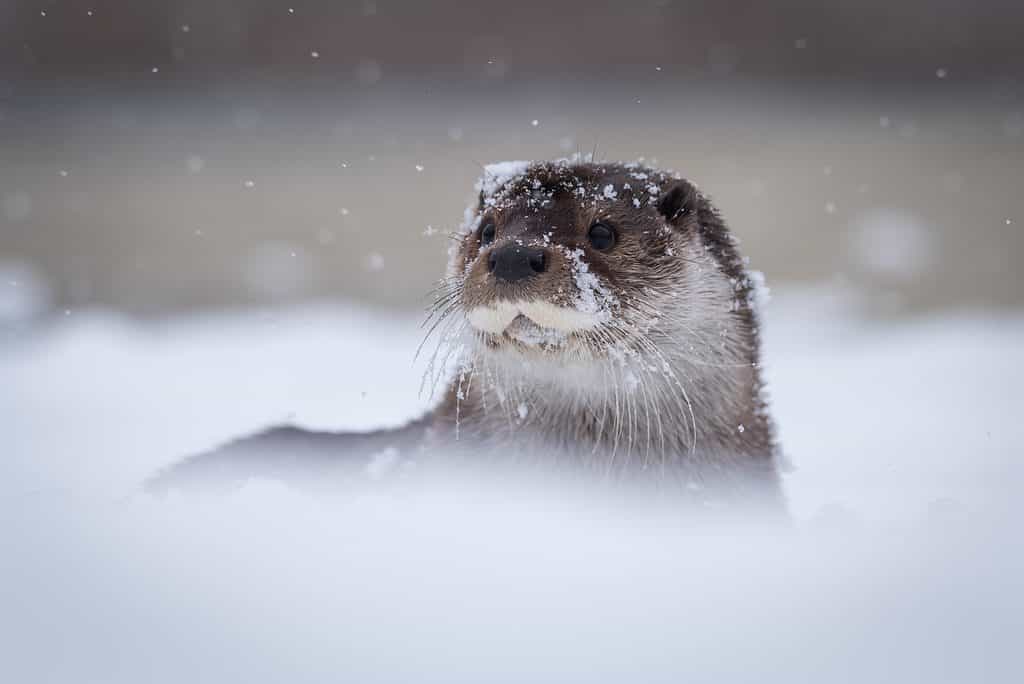
River otters are some of the rarest and hardest animals to spot in Michigan.
©Tatyana Step/Shutterstock.com
When it comes to animals, Michigan is home to a wide variety of species. Some of the rarest creatures you might be lucky enough to encounter include the river otter, red-shouldered hawk, and northern bog lemming.
- River Otter – The river otter is found in rivers and streams all around Michigan’s Great Lakes region.
- Red-shouldered Hawk – Red-shouldered hawks are typically seen soaring in wooded areas throughout the state.
- Northern Bog Lemming – Northern bog lemmings are small rodents that inhabit wetland habitats like bogs and marshes near lakeshores or wetlands with brushy vegetation.
All these animals have become increasingly rare due to habitat destruction or other human interference, so if you do see any of them on your travels through Michigan, consider yourself very fortunate!
3 Largest Animals in Michigan
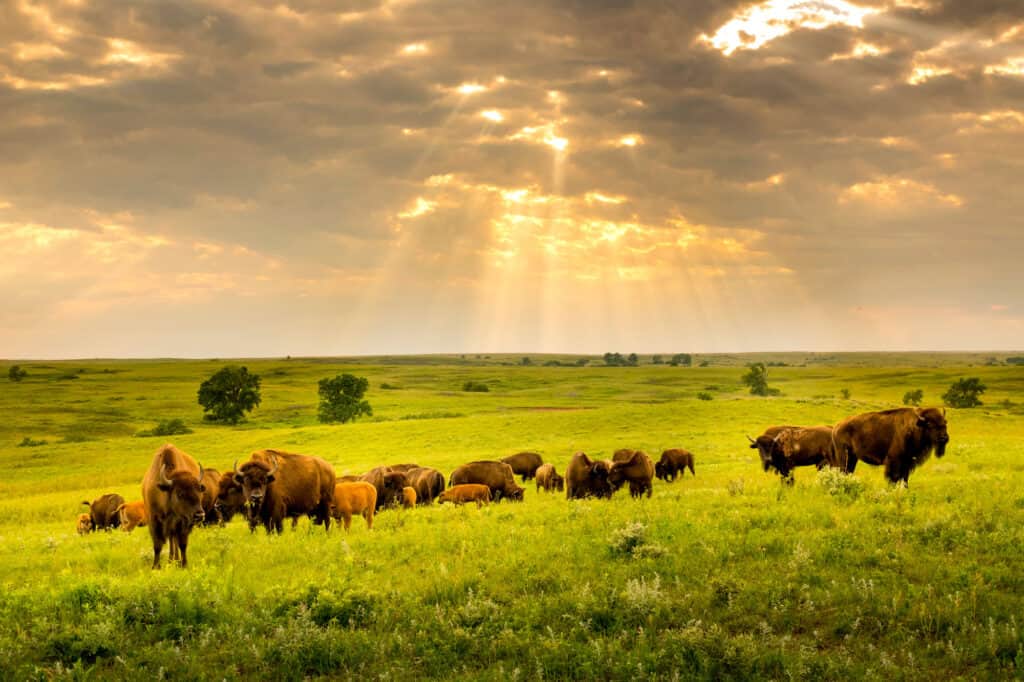
There are over 50 herds of wild bison in the state of Michigan.
©Ricardo Reitmeyer/Shutterstock.com
Michigan is home to a variety of large animals, including some of the largest in North America. The three biggest animals found in Michigan are the American Bison, White-tailed Deer, and Moose.
The American Bison is an iconic species that was once abundant across much of North America. The bison can reach heights of up to 6 feet at the shoulder and weigh up to 2,000 pounds!
White-tailed deer are another common animal found throughout Michigan’s forests and fields. Adult males can reach heights between 3 ½ – 4 ½ feet tall at the shoulder and weigh up to 250 pounds when fully grown. The white-tailed deer has a more red tint to it in the warmer months. ©iStock.com/Harry Collins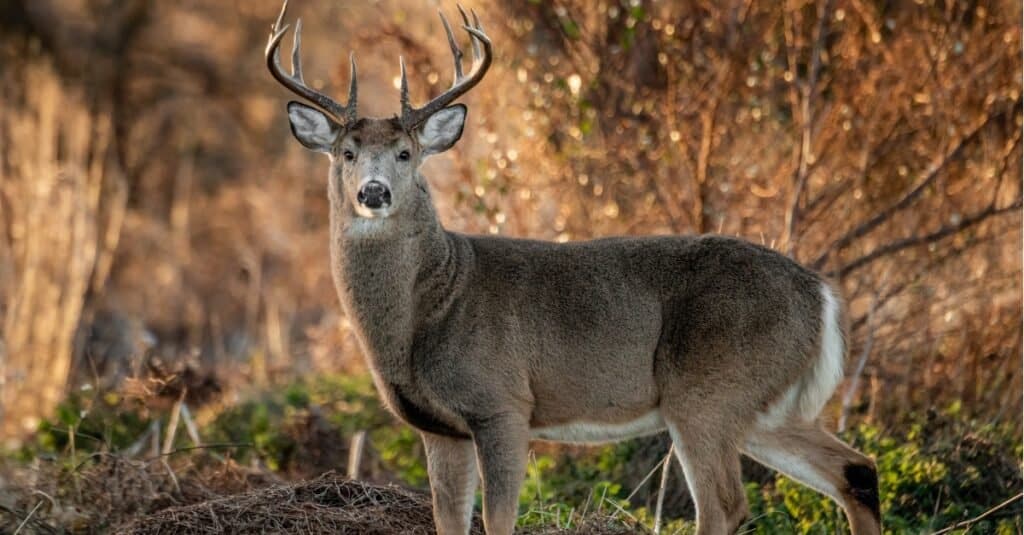
Finally, there is the mighty moose, one of the largest land mammals on earth! These massive creatures stand over 6 feet tall and can weigh as much as 1,800 pounds! Although they prefer more northern climates like Canada or Alaska, small populations still remain in parts of Michigan’s Upper Peninsula. Moose live in Canada, Alaska, and Michigan. ©Patrick Herlihy/Shutterstock.com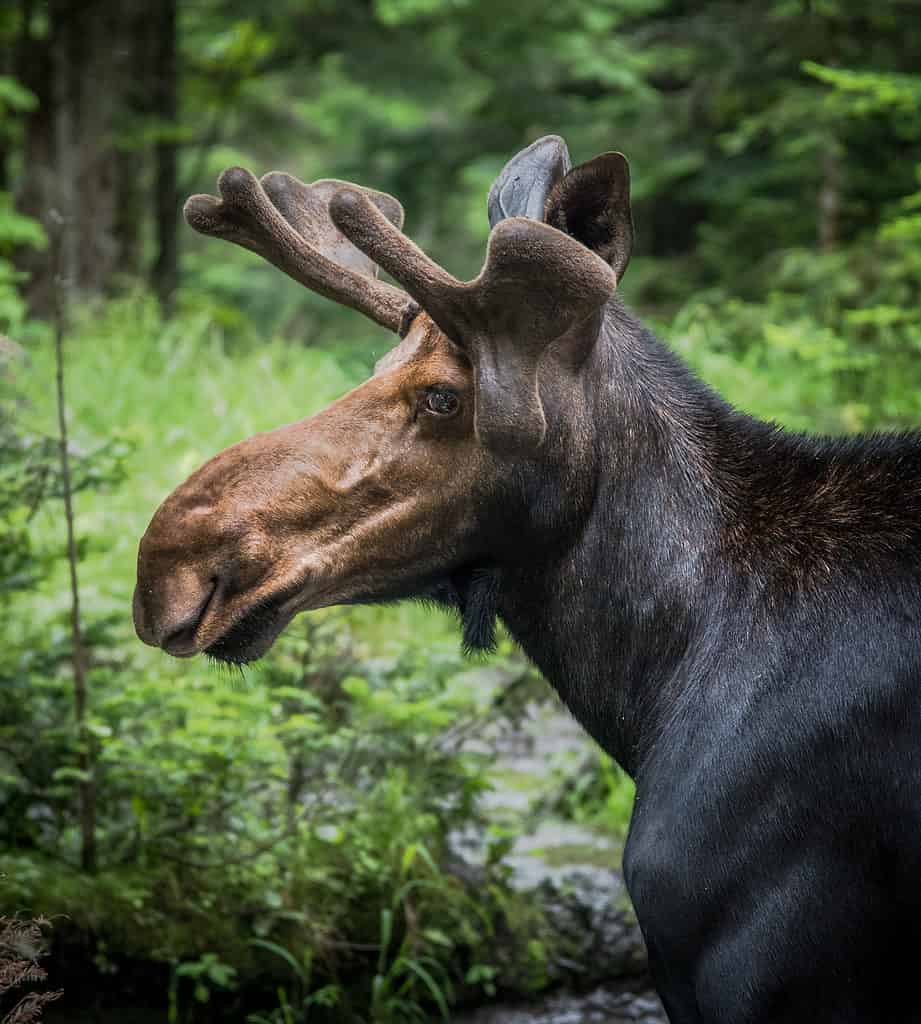
Endangered Animals
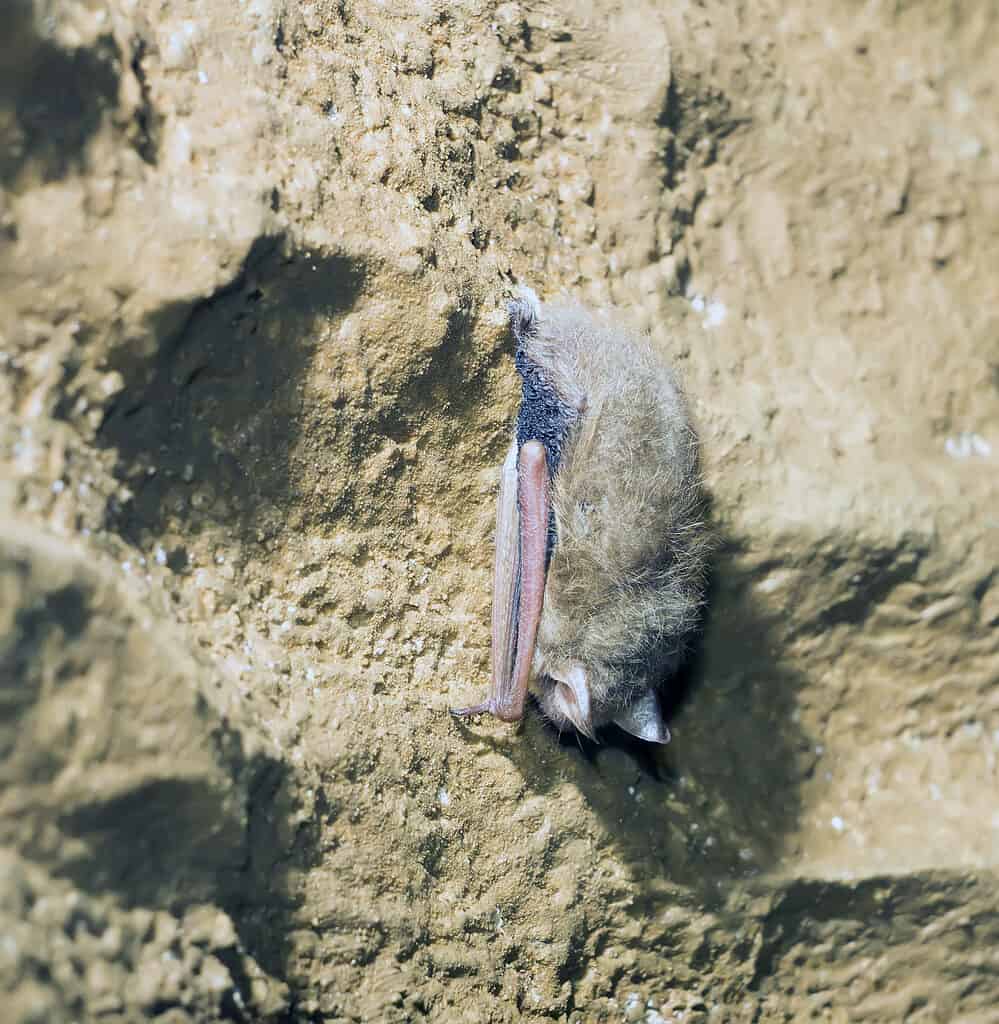
The Indiana bat is an endangered species native to Michigan.
©IrinaK/Shutterstock.com
Michigan is home to many species of animals, some of which are endangered or threatened. The Endangered Species Act and the Migratory Bird Treaty Act provide protections for these animals, but centuries of unregulated hunting and destruction of natural habitats have caused a decrease in animal populations.
Other reasons why animals may be going extinct or becoming endangered in Michigan include climate change, pollution, the introduction of invasive species, disease outbreaks, and hybridization with other related species.
Human activities such as urban development can also contribute to habitat loss and fragmentation, which reduces available resources for native wildlife. As human population growth continues to increase in Michigan, it’s important that we take steps to protect our natural environment so that all creatures can continue to thrive here now and into the future.
- Boreal Woodland Caribou – The historical range of this forest-dwelling caribou subspecies once extended across much of the northern United States. But the loss of boreal forests has caused Michigan populations to disappear completely.
- Indiana Bat – Native to southern Michigan, the Indiana bat is a medium-sized mouse-eared species. It’s estimated that populations declined by around 50% over a decade-long period throughout their entire range. A few reasons for the decline include habitat loss, pesticide use, and disturbances by humans, but by far, the greatest reason is white-nose syndrome, a strange fungal disease that interrupts the bat’s natural hibernation cycle.
- Kirtland’s Warbler – In order to thrive, this small yellow-bellied songbird needs a large region of dense young jack pine forests to breed in. When winters arrive, it then travels south toward the Caribbean. The species nearly went extinct from its natural Midwest range in the middle of the 20th century, but thanks to the preservation of its natural habitat, numbers have since rebounded.
- Spotted Turtle – This small semi-aquatic turtle, identified by the spots on its carapace, is classified as threatened or endangered throughout parts of the eastern United States.
- Copperbelly Water Snake – This subspecies of the plain-bellied water snake is currently threatened by pollution, poaching, and loss of suitable wetlands and woodlands.
- Piping Plover – This small shorebird nests and feeds along both freshwater and saltwater beaches throughout North America. However, there are only isolated pockets of piping plovers remaining in northern Michigan, making it one of the rarest birds in the state.
- Hine’s Emerald Dragonfly – Native to the Midwest, this species is characterized a luminous dark green hue and two yellow stripes on the sides. It is currently being threatened by the loss or contamination of its wetland habitats.
- Hungerford’s Crawling Water Beetle – This is one of the rarest species in the United States. Most known members are native to the Maple River in Emmet County, located near the northern tip of the Lower Peninsula. The other known populations are located in Ontario, Canada.
- Karner Blue Butterfly – Identified by its purple-bluish wings and strange yellow spots, Karner blue is native to the Great Lakes states and the larger Midwest. Habitat loss is thought to be the main reason behind its population decline.
- Poweshiek Skipperling – Identified by its luminous strange, looking brown and orange wings, this rare prairie butterfly once stretched across most of the Midwest, but it has since suffered from habitat degradation.
- Mitchell’s Satyr – This small butterfly is characterized by brown wings with rows of round black and yellow eyespots on the underside. Its natural range is now restricted to Michigan and Indiana, but it was once much more widespread.
Snakes in Michigan
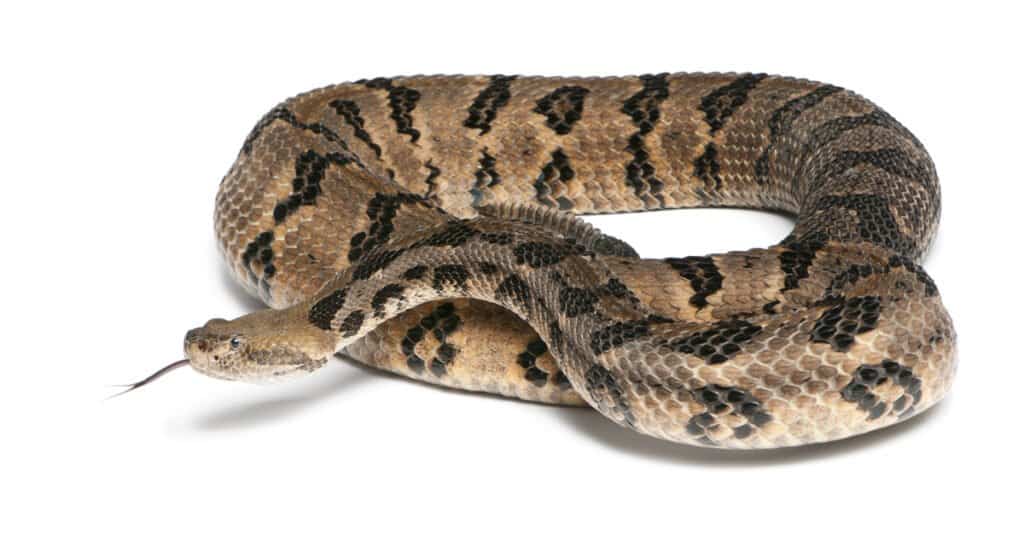
A small massasauga rattlesnake with only one button on its tail. The eastern massasauga is the only venomous snake in Michigan.
©fivespots/Shutterstock.com
Snakes can be found in a variety of habitats in Michigan, including woodlands, wetlands, meadows, and even urban areas. They enjoy hiding places such as logs or rocks that provide them with warmth and protection from predators.
Many types of snakes are attracted to water sources like ponds and streams. Snakes also like open grassy fields where they can bask in the sunshine during the day. The most common type of snake found in Michigan is the garter snake, which prefers moist environments near bodies of water or damp areas under logs or rocks.
Rat snakes and milk snakes are both common species of snake found in Michigan. Both species tend to prefer dry habitats away from standing water sources, such as woodlands and prairies. However, they can also be found near rocky outcroppings and open fields where there is plenty of covers for them to hide in or around.
There are a total of 18 snakes in Michigan. As noted earlier, only one of these snakes is venomous, which is the eastern massasauga rattlesnake. It ranges across most of the Lower Peninsula of Michigan, so it’s important to be aware of what these snakes look like when outdoors in Michigan. Beyond venomous snakes, Michigan also has six water snakes that include:
- Kirtlan’s snake
- Northern water snake
- Copperbelly water snake
- Eastern massasauga rattlesnake
- Northern ribbon
- Queen snake
Overall, Michigan has a lower number of snakes than many surrounding states.
Native Plants in Michigan

Columbines are one of many wildflowers that grow in Michigan.
©Martin Hibberd/Shutterstock.com
Michigan’s native plant species are incredibly diverse due to the state’s unique climate and landscape. The Upper Peninsula is known for its abundance of coniferous forests, while the Lower Peninsula has a variety of deciduous trees such as oaks, maples, and hickories.
In addition to these two environments, Michigan is also bordered by four of the five Great Lakes, which provide distinct habitats for aquatic plants like wild rice, water lilies, and reed grasses.
Regardless of where you live in Michigan, you’re sure to find an array of vibrant wildflowers blooming throughout spring and summer. These include trilliums, violets, columbines, daisies, and more, each with its own beauty that adds color and life to our wonderful state!
From the state flower to the only flower completely endemic to the region, read more on the native plants in Michigan.
Michigan State Flag
The state flag of Michigan is one of history, honor, and unique symbolism. If you want to learn more about the meaning behind each detail of the flag, find out more about the flag here.
Beetles in Michigan
There are a lot of beetles in Michigan. From the black carpet beetle, the margined blister beetle, and the big-headed ground beetle, it’s common to see unique-looking beetles in Michigan!
More Articles Related to Michigan
Read about:
- the types of hawks in Michigan
- the best national parks in Michigan
- the awe-inspiring waterfalls in Michigan
- the most gorgeous waterfalls in Upper Michigan
- the best fishing spots in Michigan
- the best places to camp in Michigan
- the biggest lakes in Northern Michigan
- Discover the Coldest Place in Michigan
- 12 Grand Trees Native to Michigan
Michiganian Animals
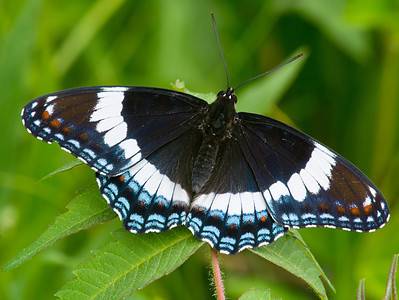
Admiral Butterfly
Stunningly beautiful wings
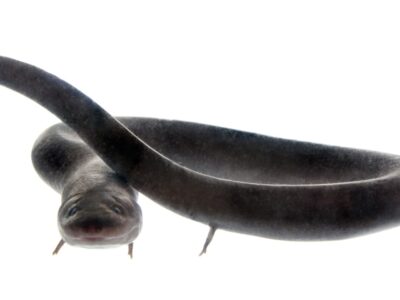
American Eel
Don't eat raw eel! Their blood is poisonous to humans when consumed raw.
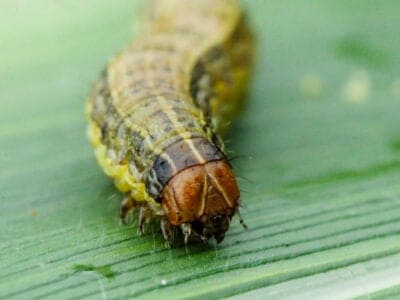
Armyworm
They are so named because they "march" in armies of worms from one crop to another in search of food
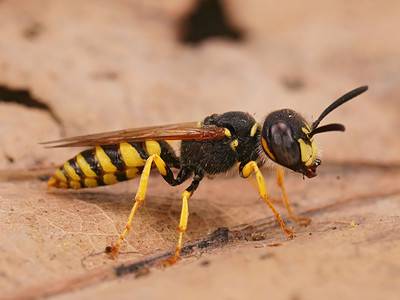
Beewolf wasp
They hunt bees
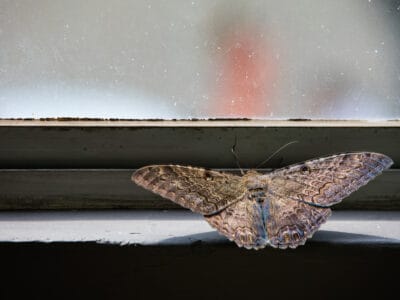
Black Witch Moth
Some folklore associate Black Witch Moths with bad luck (and even death!), while other associates them with good fortune.
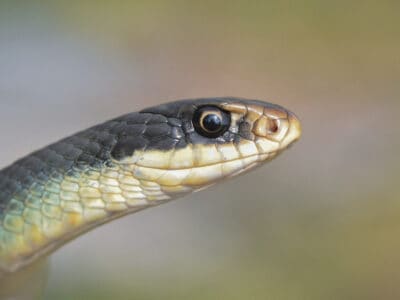
Blue Racer
Some blue racers have smooth scales that are solid electric blue while others are grayish or brownish.
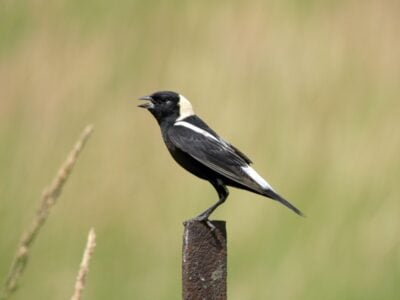
Bobolink
In spring, the male bobolink is the only North American bird who is dark below and light colored above. This makes identification easy.
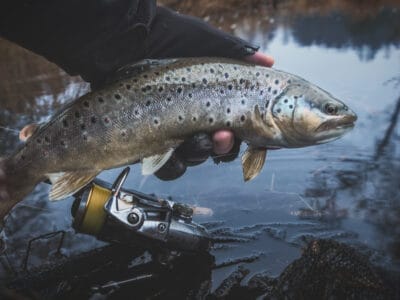
Brook Trout
The Brook Trout is actually part of the salmon family, making it not technically a trout.
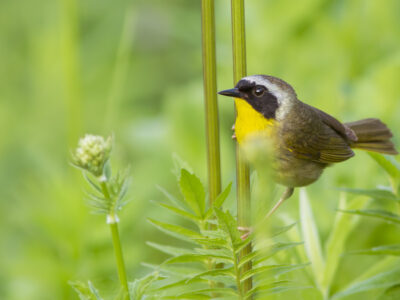
Common Yellowthroat
The Common Yellowthroat stays close to the ground and uses stealth to survive!
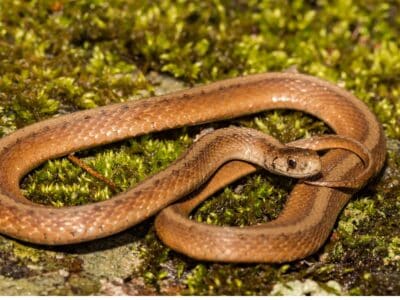
De Kay’s Brown Snake
They have specialized jaws for removing snails from shells.
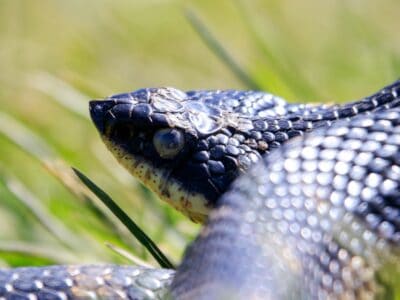
Eastern Hognose Snake
Eastern hognose snakes are venomous, but only to frogs and toads.
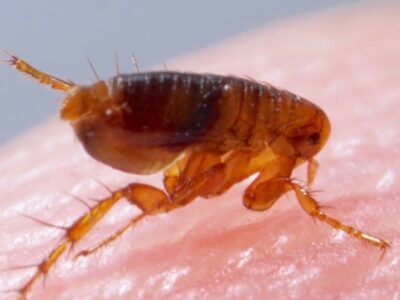
Flea
Adult fleas can jump up to 7 inches in the air
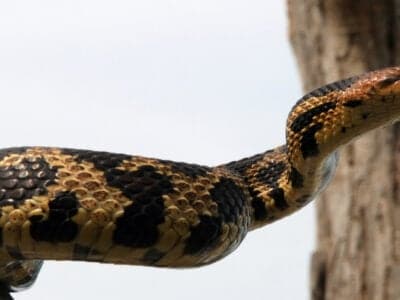
Fox Snakes
In some areas, fox snakes and gopher snakes have crossbred in the wild.

Fox Squirrel
Although it is a tree squirrel, it spends most of its time on the ground.

Freshwater Jellyfish
The freshwater jellyfish is native to China but is now found all over the world
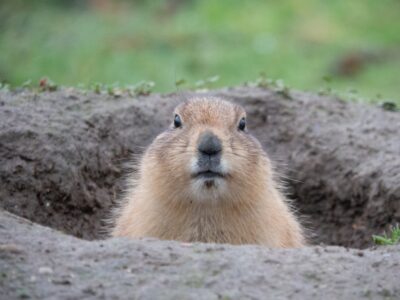
Groundhog (Woodchuck)
They whistle to each other to warn of approaching danger!
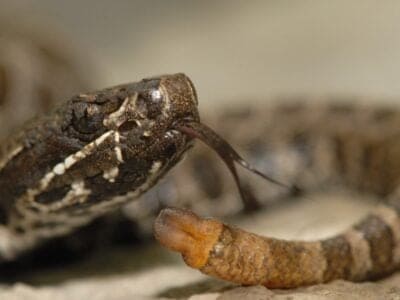
Massasauga
The name “Massasauga” comes from the Chippewa language, meaning “Great River Mouth”.

Mealybug
They have a symbiotic relationship with ants.
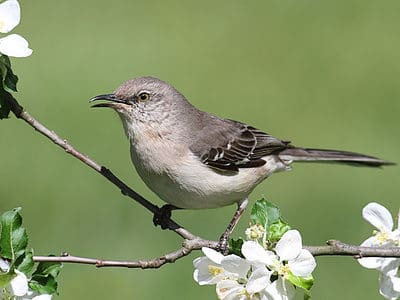
Mockingbird
Mockingbirds are incredible mimics that can learn hundreds of songs!
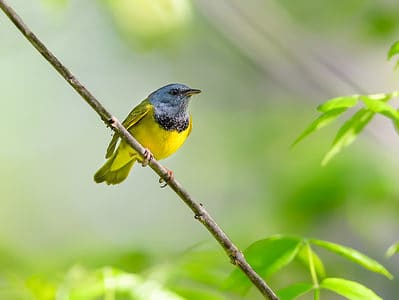
Mourning Warbler
The Mourning Warbler was named for its gray head, which resembles a mourning veil!
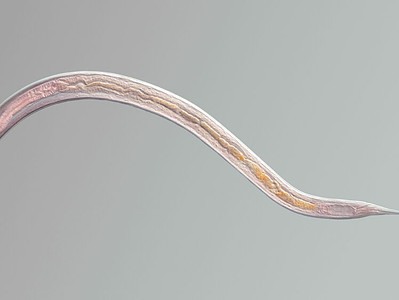
Nematode
Nematodes range in size from 1/10 of an inch to 28 feet long
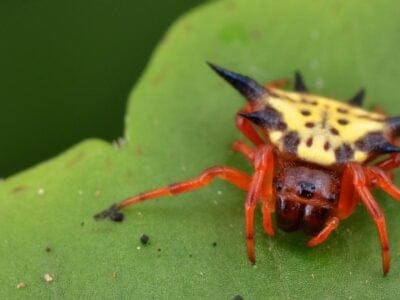
Orb Weaver
Females are about four times the size of males
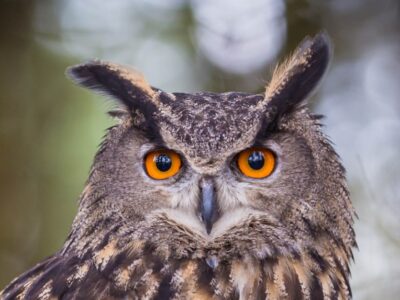
Owl
The owl can rotate its head some 270 degrees
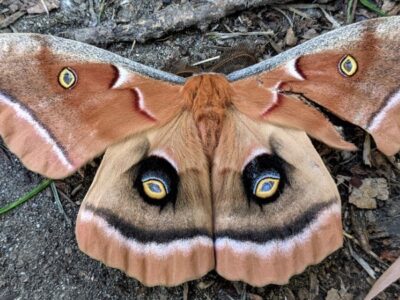
Polyphemus Moth
The Polyphemus moth doesn’t and can't eat, except when it's a caterpillar!
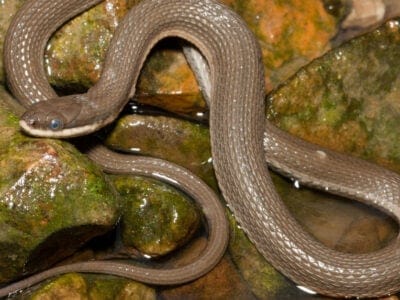
Queen Snake
Queen snakes have armor-like scales on the top of their head

Rat Snakes
Rat snakes are constrictors from the Colubridae family of snakes.
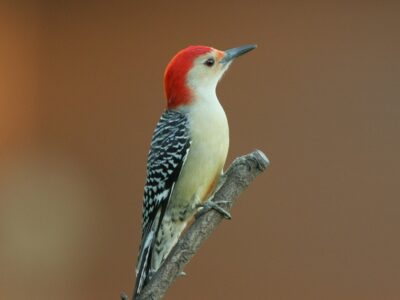
Red-Bellied Woodpecker
Red-Bellied Woodpeckers will often steal the nests of other birds.
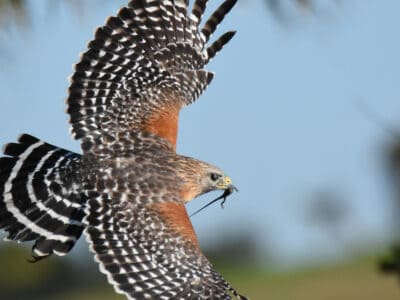
Red-Shouldered Hawk
Red-Shouldered Hawks reuse the same nesting area each year.
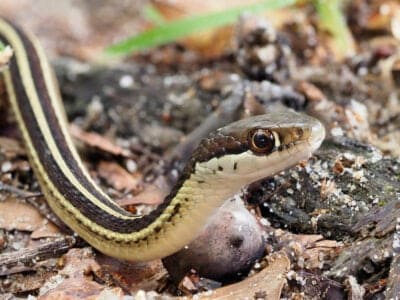
Ribbon Snake
Ribbon snakes love water, but are excellent climbers too.
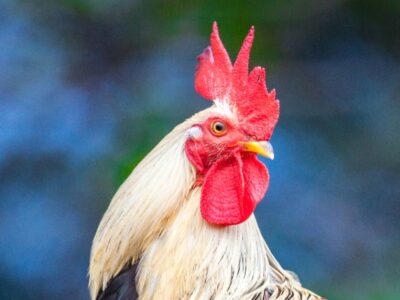
Rooster
Will mate with the entire flock!
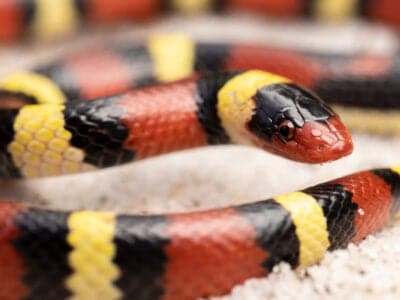
Scarlet Kingsnake
Scarlet kingsnake’s pattern is an example of Batesian mimicry.
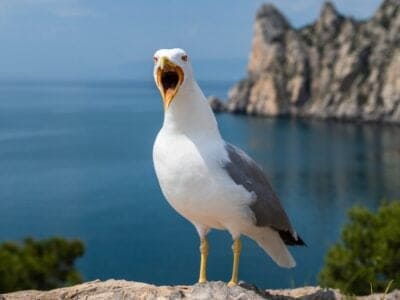
Seagull
Some gulls are capable of using tools
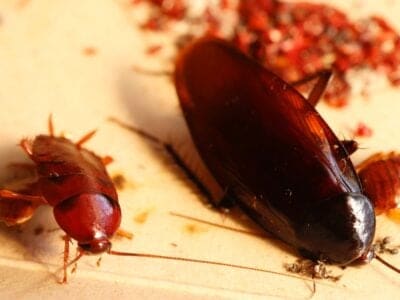
Smokybrown Cockroach
Has up to 45 eggs per egg case
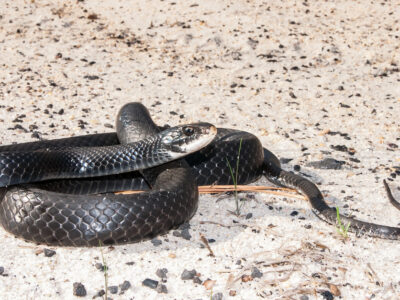
Southern Black Racer
These snakes live underground, beneath piles of leaf litter or in thickets, and they are expert swimmers.
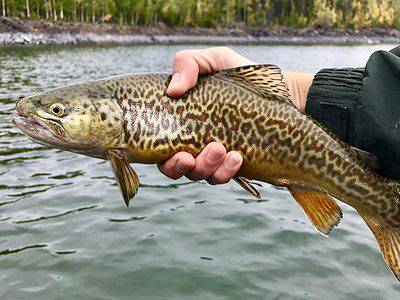
Tiger Trout
As tiger trout are sterile, they cannot produce offspring. However, they do have relatively long lifespans and can live up to 10 years in captivity.
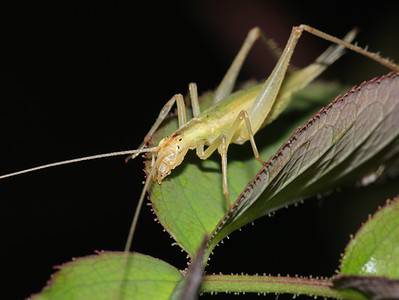
Tree Cricket
They make music with their wings
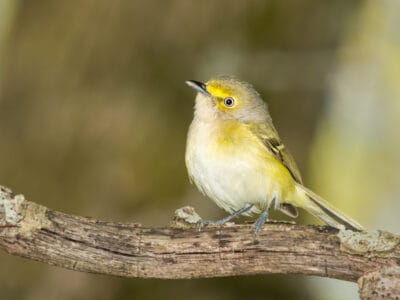
White-Eyed Vireo
During courtship, males put on exciting displays by fluffing their plumage, spreading their tails, and letting out a whining call.
Michiganian Animals List
- Admiral Butterfly
- American Eel
- Armyworm
- Beewolf wasp
- Black Witch Moth
- Blue Racer
- Bobolink
- Brook Trout
- Common Yellowthroat
- De Kay’s Brown Snake
- Eastern Hognose Snake
- Flea
- Fox Snakes
- Fox Squirrel
- Freshwater Jellyfish
- Groundhog (Woodchuck)
- Massasauga
- Mealybug
- Milk Snake
- Mockingbird
- Mourning Warbler
- Nematode
- Orb Weaver
- Owl
- Polyphemus Moth
- Queen Snake
- Rat Snakes
- Red-Bellied Woodpecker
- Red-Shouldered Hawk
- Ribbon Snake
- Rooster
- Sandhill Crane
- Scarlet Kingsnake
- Seagull
- Smokybrown Cockroach
- Southern Black Racer
- Swallowtail Butterfly
- Tiger Trout
- Tree Cricket
- White-Eyed Vireo
- Yellowish Cuckoo Bumblebee (formerly Fernald’s Cuckoo Bumblebee)
Animals in Michigan FAQs (Frequently Asked Questions)
What animals live in Michigan?
Michigan is home to many common forest-dwelling and freshwater animals. Deer, rodents, bats, foxes, moles, opossums, raccoons, and skunks rank as some of the most common mammals in the state. Hawks, eagles, terns, geese, ducks, owls, crows, quail, and songbirds are particularly common as well. Other common animals include snakes, cockroaches, turtles, frogs, butterflies, crickets and grasshoppers, and all kinds of freshwater fish such as bass and trout.
What animals are most common in Michigan?
Spiders, grasshoppers, crickets, and other invertebrates are probably among the most common animals in the state. When the scope is restricted to vertebrates, however, Michigan also has a lot of rodents like mice, rats, squirrels, and chipmunks. Among larger animals, deer are probably the most common.
What is the biggest animal in Michigan?
The largest animal in Michigan is the black bear. It reaches about 4.5 feet long and weighs up to 660 pounds.
Does Michigan have any wolves?
Yes, the Upper Peninsula has a robust wolf population, numbering more than 600. Many centuries ago, wolves once occupied every single county in the state, but because of human persecution and habitat loss, populations may have completely disappeared from the state by the middle of the 20th century. After state and federal protection was extended to wolves, a few individuals migrated back into Michigan. By 1992, the population was only about 20, which made it one of the rarest mammals in the state, but numbers increased rapidly over the next several years. While it’s no longer an endangered species, there is currently a dispute of whether the wolves should still be protected by the federal government.
What is the most dangerous mammal in Michigan?
The most dangerous mammals in Michigan, or just any predators in general, are probably wolves and black bears. While not as aggressive as their reputation suggests, these two species are quite large and could easily kill a person if provoked. They are unlikely to be encountered by the average person, however.
What aquariums are in Michigan?
Michigan is home to a number of aquariums. They include:
- Belle Isle Aquarium in Detroit
- John Ball Zoological Gardens in Grand Rapids
- Michigan Sea Life Aquarium in Auburn Hills



